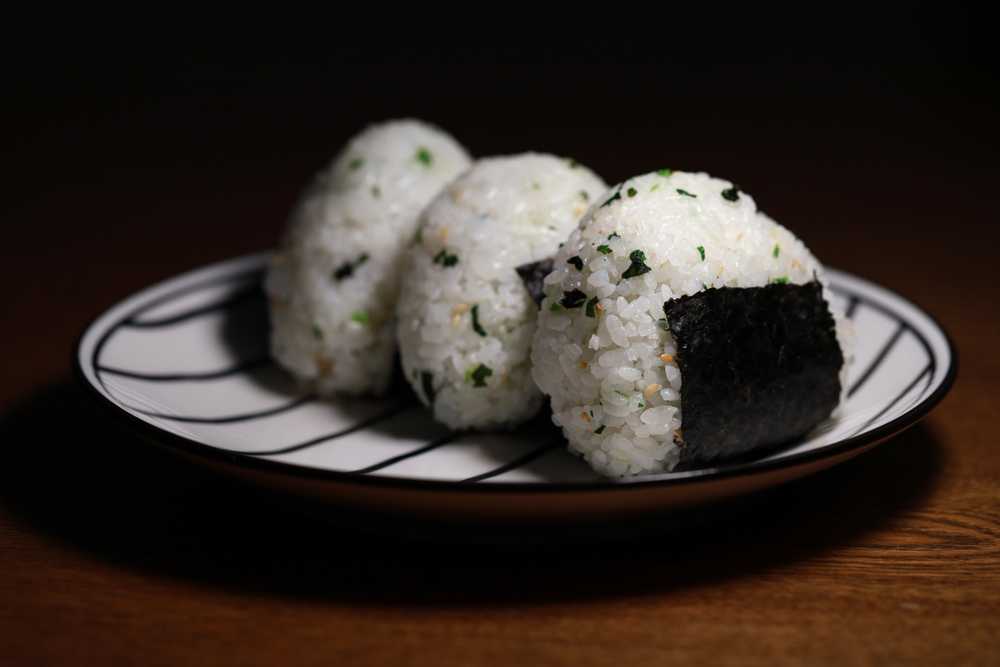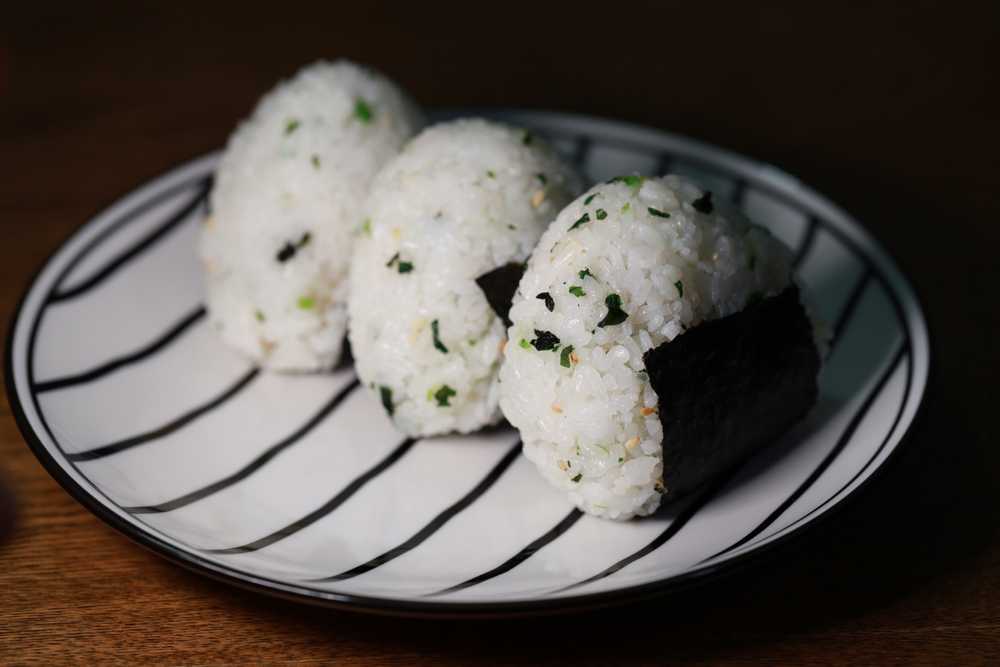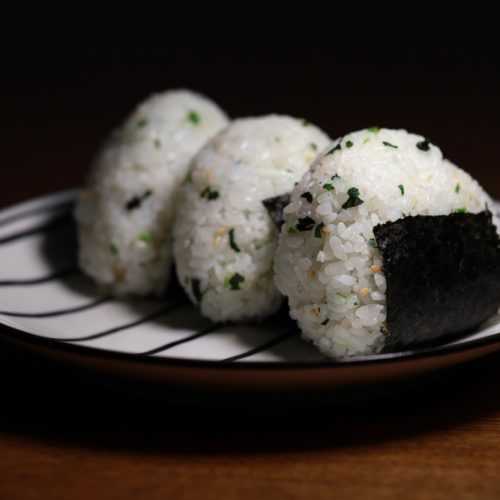Japanese rice balls, known as "Onigiri," are a popular and easy-to-make snack in Japan. These tasty balls are made from white rice formed into triangular or oval shapes and usually wrapped in nori, a type of seaweed. They can be filled with a variety of ingredients, such as salted salmon, pickled plum, or tuna mayonnaise. Onigiri are perfect for picnics, lunchboxes, or a quick bite on the go.

They're not only delicious but also a fun way to explore Japanese cuisine. Let's find out why this simple recipe is so special and why you should try making it at home.
Why This Recipe Works
Simple and Versatile: One of the best things about this recipe is its simplicity. You don't need any special skills or equipment to make onigiri. Just cooked rice, your hands, and your choice of filling. Plus, you can get creative with the fillings and shapes, making it a fun cooking activity for all ages. Whether you prefer classic fillings like salmon or more adventurous ones like spicy tuna, there's an onigiri for everyone. This versatility makes it perfect for satisfying different tastes and dietary needs.
Healthy and Nutritious:Onigiri are not only tasty but also a healthy choice. Rice provides energy and is gentle on the stomach, making it a great option for a light meal or snack. You can also add nutritious fillings like grilled fish, vegetables, or pickled ingredients, boosting the health benefits. Unlike many snacks that are high in processed ingredients, onigiriare made from simple, whole foods. This makes them a wholesome choice for those looking to eat a balanced diet while enjoying the flavors of traditional Japanese cuisine.

Ingredients
Sushi Rice: A sticky, short-grain rice perfect for shaping. Substitute: Arborio rice for a similar texture.
Nori Sheets: Seaweed sheets that add a salty, ocean flavor. Substitute: Soy paper for a milder taste.
Salt: Enhances the flavor of the rice. Substitute: Low-sodium soy sauce for a different flavor profile.
Filling (Tuna, Salmon, or Vegetables): Adds variety and nutrition. Substitute: Any preferred cooked meat or vegetables.
Sesame Seeds (Optional): Adds a nutty flavor and crunch. Substitute: Chopped nuts for a different texture.
Tips
- Rinse the rice until the water runs clear to remove excess starch.
- Let the rice cool slightly before shaping to avoid burning your hands.
- Keep a bowl of water handy to moisten hands and prevent sticking.
- Press gently when shaping; too much pressure can make the rice dense.
- Wrap nori around the rice balls just before serving to keep it crisp.

How to Serve
Rice balls, also known as onigiri, are versatile and can be served in various ways. They're perfect as a quick snack, a lunchbox treat, or a part of a larger meal. The rice's neutral flavor makes it an excellent base for various toppings and fillings, allowing for creative and personalized combinations.
- As a Snack: Serve them with a side of soy sauce or wasabi for a quick and satisfying snack.
- In a Bento Box: Accompany with pickled vegetables and a portion of protein for a balanced meal.
- With Soup: Serve alongside a bowl of miso soup or a clear broth for a comforting meal.
Similar Recipes

Japanese Rice Balls
Ingredients
- 2 cups sushi rice
- 2 ½ cups water
- 4 nori sheets
- Salt to taste
- Fillings: Tuna salmon, or cooked vegetables
- Optional: Sesame seeds soy sauce, wasabi
Instructions
- Rinse the rice under cold water until the water runs clear.
- Cook the rice in water according to package instructions.
- Once cooked, let the rice cool slightly.
- Wet your hands and take a handful of rice, press it into a triangular or round shape.
- Place a bit of your chosen filling in the center and cover with more rice.
- Gently press to shape the rice ball, then wrap with a strip of nori.
- Optionally, sprinkle with sesame seeds.
- Serve immediately or pack for later.
Nutrition
Notes
• Let the rice cool slightly before shaping to avoid burning your hands.
• Keep a bowl of water handy to moisten hands and prevent sticking.
• Press gently when shaping; too much pressure can make the rice dense.
• Wrap nori around the rice balls just before serving to keep it crisp.